Venlo is one of those places that you don’t necessarily plan to visit – but when you do, you wonder why it wasn’t on your list before. My trip there happened purely by chance. I discovered that the Deutschlandticket from Deutsche Bahn, which I had been using for travel across Germany, is also valid in some neighbouring countries for cities close to the border. To my surprise, Venlo in the Netherlands was one of them.
That small discovery turned into a delightful one-day adventure. With no itinerary in mind, I boarded the train and soon found myself stepping out into a city I knew very little about. The spontaneity made it even more exciting. I wandered through its cosy streets, found myself in coffee shops, and met locals who shared fascinating stories about their lives. It wasn’t just sightseeing—it was connecting with people, and each conversation felt like a little window into the city’s soul.
Venlo instantly charmed me with its Dutch character—quaint canals, neat rows of brick houses, and bicycles parked everywhere. Unlike some of the bigger Dutch cities, Venlo has a calm, friendly atmosphere. It’s compact enough that you can explore the main spots without feeling rushed or exhausted. The energy is warm, and the pace of life seems unhurried.
While my visit was spontaneous, I quickly realised that Venlo carries a rich history that adds depth to its charming streets. The city lies in the southeastern province of Limburg, right along the River Maas. Its location has always been strategic—close to the German border and at the crossroads of important trade routes.
Venlo’s history stretches back to Roman times, when it served as a settlement due to its river access. By the Middle Ages, it had grown into an important trading post, particularly for goods such as cloth, wine, and grain. In 1343, Venlo was granted city rights, marking its emergence as a significant urban centre in the region.
Like many towns along the River Maas, Venlo experienced turbulent times. It changed hands several times between the Duchy of Guelders, the Spanish, the Austrians, and later the French during the Napoleonic era. Each period left its mark on the architecture and culture.
In the 20th century, Venlo was not spared from the destruction of World War II. Heavy fighting took place here, and parts of the city were damaged during the liberation. However, Venlo rebuilt itself, blending its historic core with modern developments. Today, it’s a lively border city that still feels deeply connected to both Dutch and German influences.
One of the first things I noticed was how walkable the city is. From the train station, it’s just a short stroll to the Markt, the main square, where colourful buildings frame outdoor cafés. Here, locals gather for coffee, lunch, or a quiet beer in the afternoon sun.
Venlo also has a reputation for being a green city. In recent years, it has invested in sustainable urban design, with plenty of parks and pedestrian-friendly areas. The Maasboulevard, along the river, offers a beautiful place for a walk, especially when the weather is clear.
Shopping is also a big part of Venlo’s appeal – especially for visitors from Germany. You’ll find a mix of boutique shops, Dutch chain stores, and markets selling everything from cheese to flowers.
What made my visit memorable wasn’t just the scenery—it was the people. In coffee shops and small bakeries, I met locals who were eager to talk, even with my limited Dutch. They shared anecdotes about life in a border city—how they often hop over to Germany for work, shopping, or entertainment, and how Venlo’s culture has always been a blend of Dutch pragmatism and a touch of German efficiency.
These unplanned conversations gave me more insight than any guidebook could. They made me realise that Venlo is not just a stop on the map—it’s a living, breathing community.
If you’re travelling with a Deutschlandticket and feel like going beyond Germany’s borders, Venlo is an ideal choice. It’s close, easy to reach, and offers a mix of history, culture, and relaxation. Whether you come for the canals, the cosy cafés, or the chance encounters with friendly locals, the city rewards those who arrive without expectations.
For me, it was a reminder that some of the best travel experiences happen when you don’t plan every detail. Venlo was unexpected, spontaneous, and quietly beautiful—exactly the kind of trip that stays in your memory.
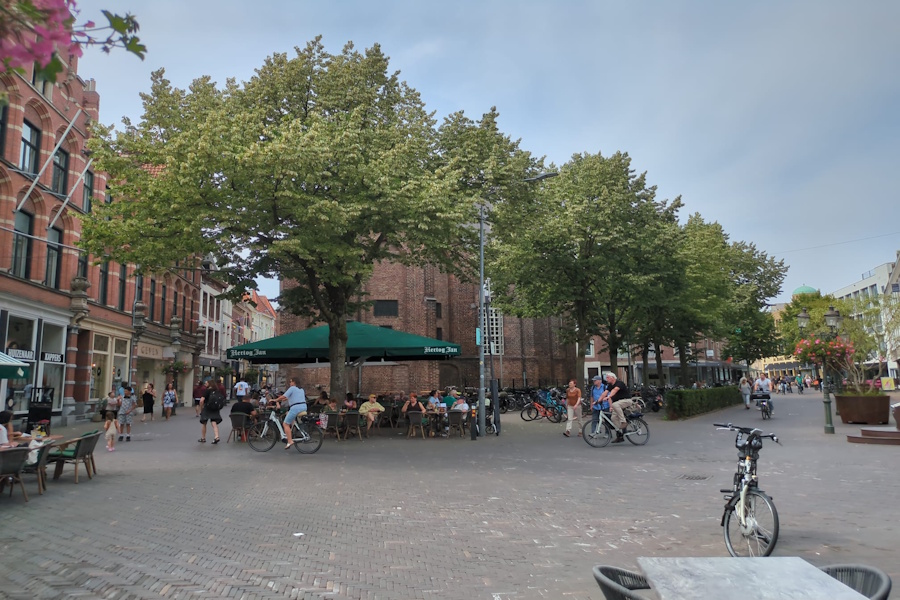
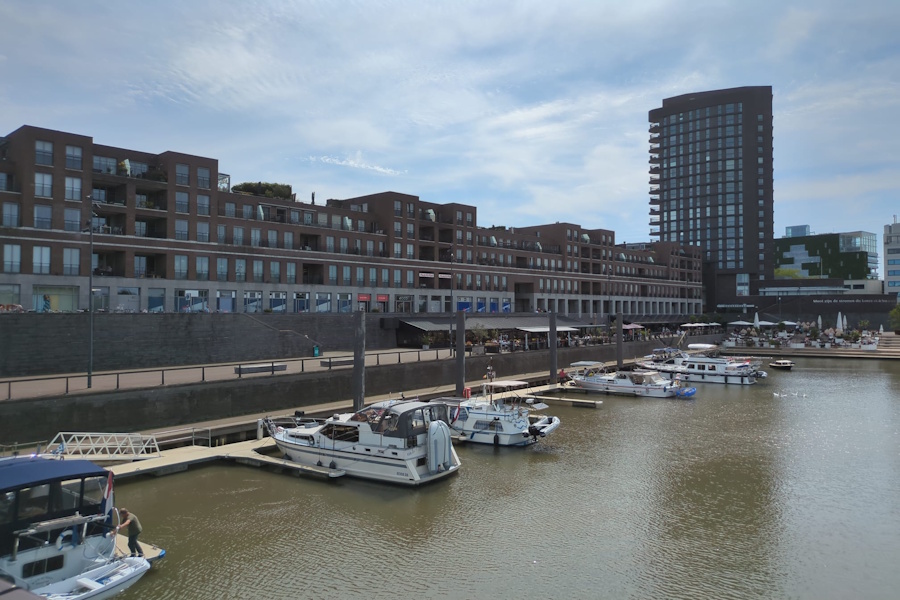
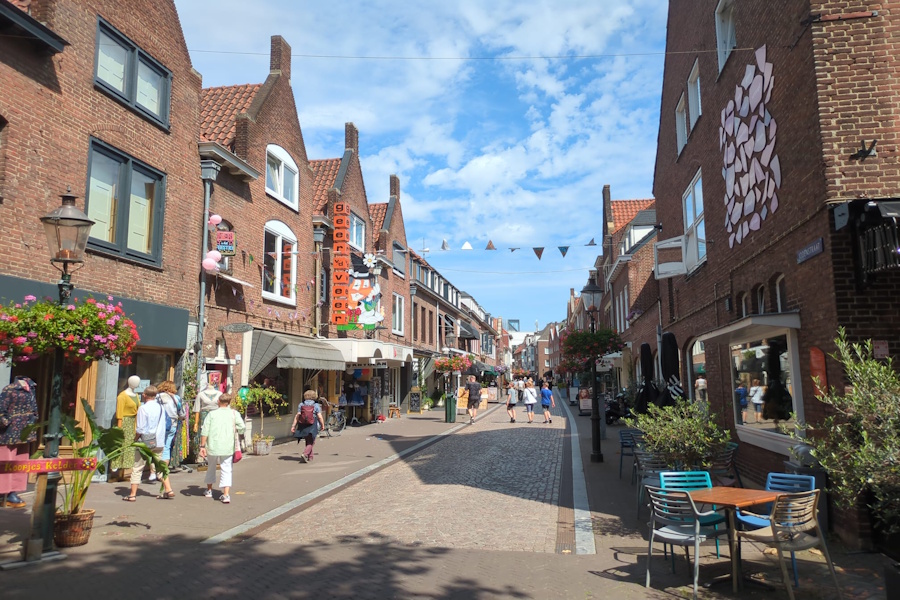
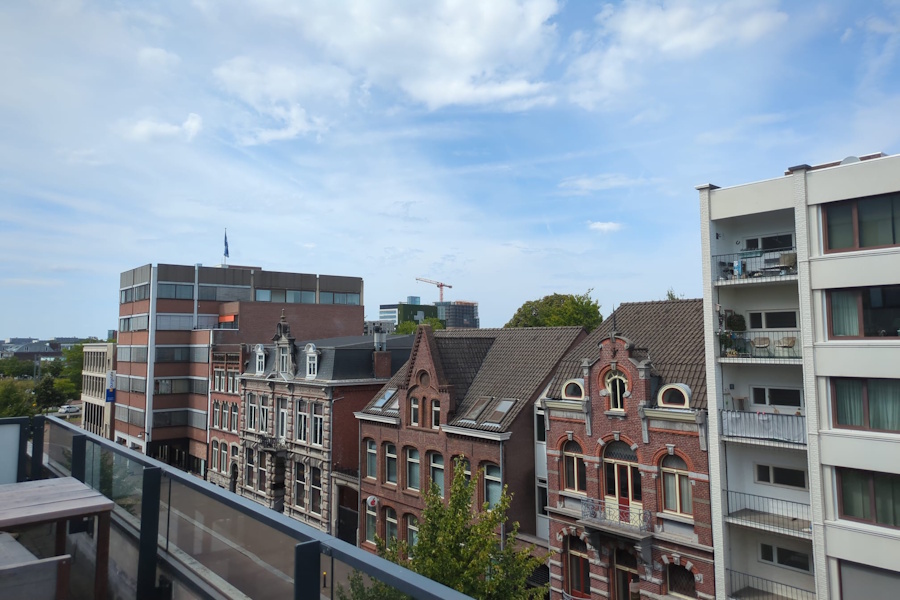
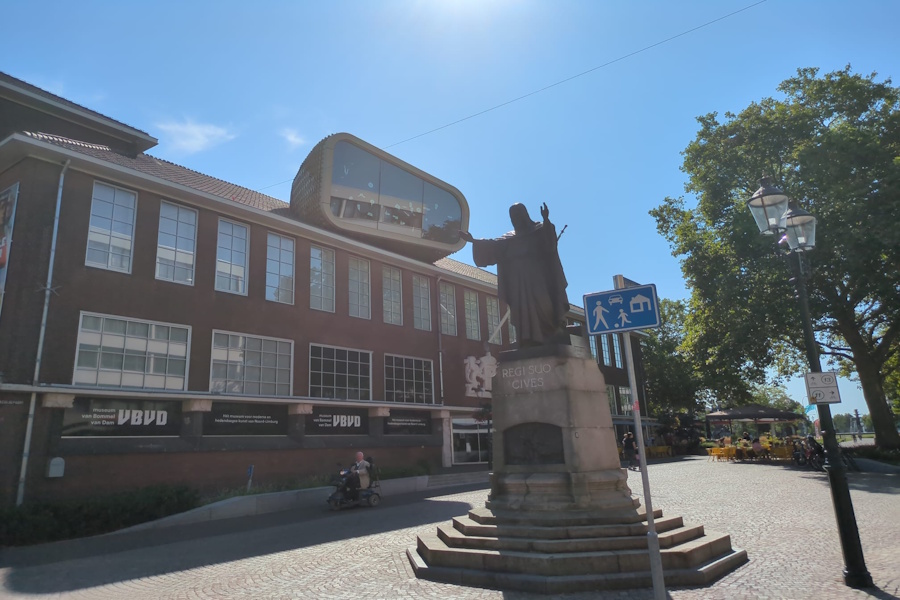
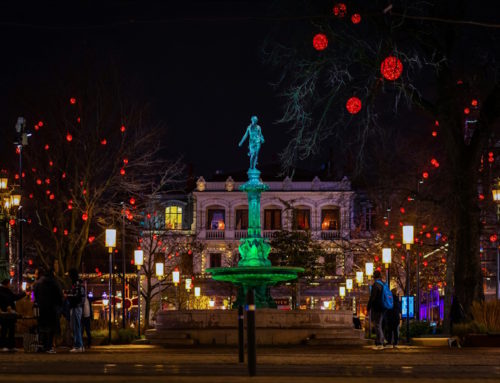
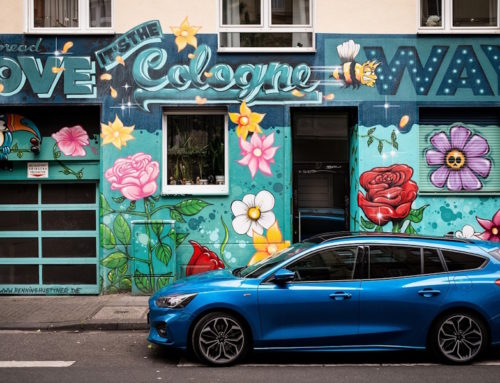

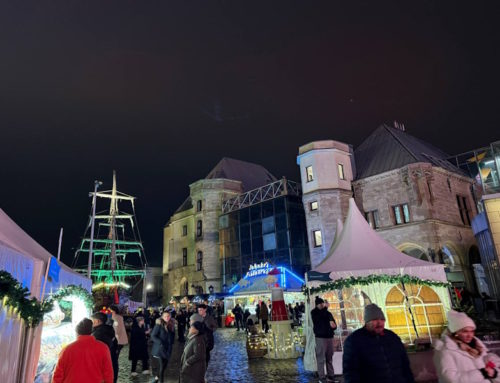
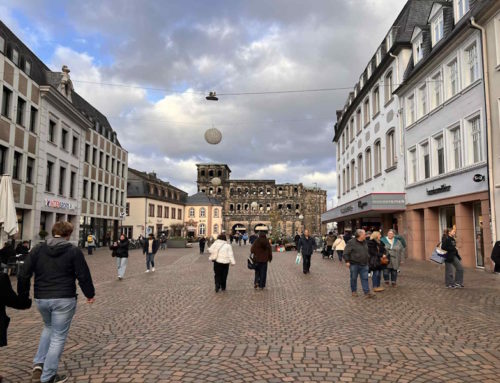
Leave A Comment